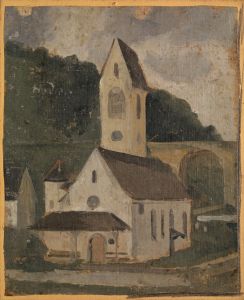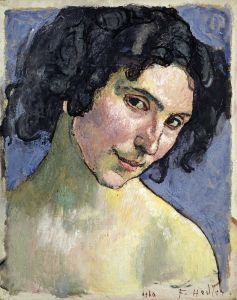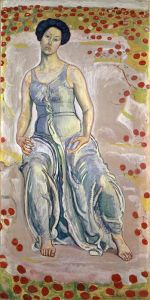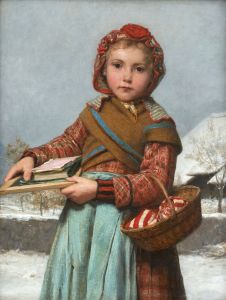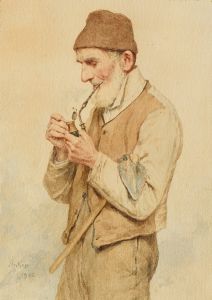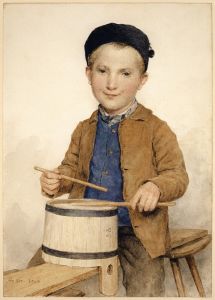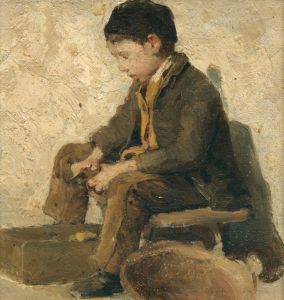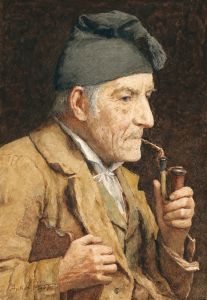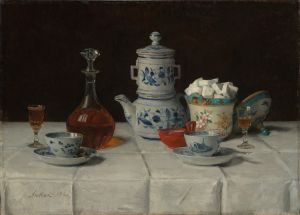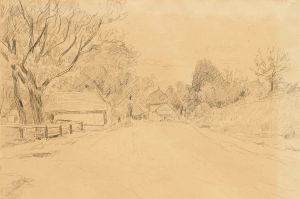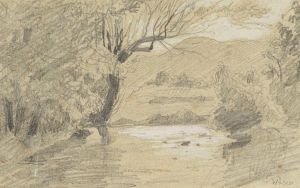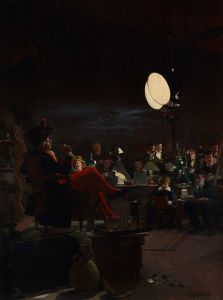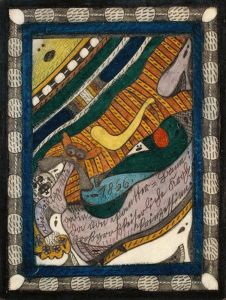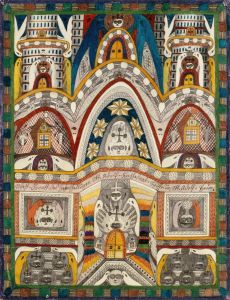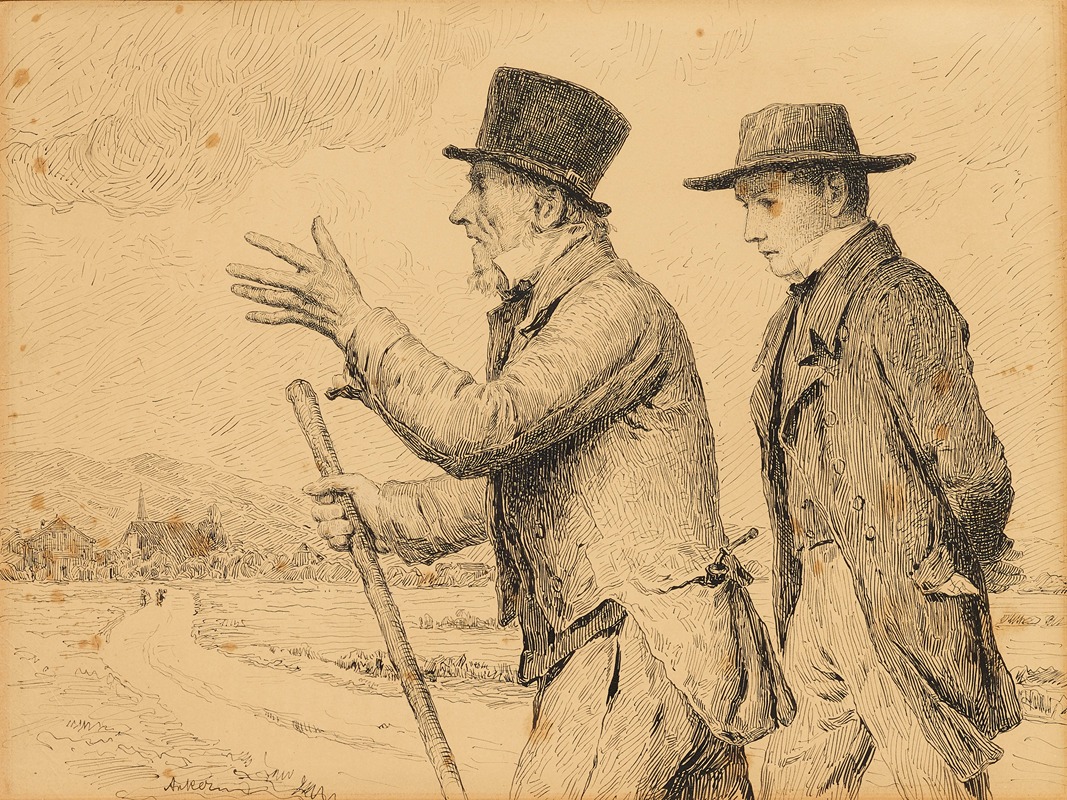
L’instituteur et le pasteur
A hand-painted replica of Albert Anker’s masterpiece L’instituteur et le pasteur, meticulously crafted by professional artists to capture the true essence of the original. Each piece is created with museum-quality canvas and rare mineral pigments, carefully painted by experienced artists with delicate brushstrokes and rich, layered colors to perfectly recreate the texture of the original artwork. Unlike machine-printed reproductions, this hand-painted version brings the painting to life, infused with the artist’s emotions and skill in every stroke. Whether for personal collection or home decoration, it instantly elevates the artistic atmosphere of any space.
Albert Anker's painting L’instituteur et le pasteur (translated as The Schoolmaster and the Pastor) is a work by the renowned Swiss artist Albert Anker (1831–1910), often referred to as the "national painter" of Switzerland. Anker is celebrated for his detailed and realistic depictions of rural life, capturing the everyday experiences of Swiss villagers during the 19th century. His works often reflect themes of education, religion, and community, which were central to the cultural and social fabric of Switzerland during his lifetime.
The painting portrays a scene of interaction between a schoolmaster and a pastor, two figures who held significant roles in 19th-century Swiss society. The schoolmaster, representing education and intellectual development, and the pastor, symbolizing spiritual guidance and moral authority, were key pillars of rural communities. Anker's choice to depict these figures together highlights the interconnectedness of education and religion in shaping the values and daily lives of the people.
Anker's style is characterized by meticulous attention to detail and a warm, humanistic approach to his subjects. In L’instituteur et le pasteur, he employs a naturalistic technique, using soft lighting and earthy tones to create a sense of intimacy and realism. The setting is typical of Anker's works, likely a modest interior or village environment, reflecting the simplicity and humility of rural life.
The painting is part of Anker's broader body of work that often emphasizes the dignity of ordinary people and the importance of community roles. His art serves as a visual record of 19th-century Swiss culture, offering insights into the values and traditions of the time. While specific details about the creation date or current location of L’instituteur et le pasteur are not readily available, it remains an example of Anker's dedication to portraying the essence of Swiss rural life with authenticity and respect.
Albert Anker's works, including L’instituteur et le pasteur, continue to be celebrated for their cultural and historical significance. They are frequently exhibited in Swiss museums and collections, where they are appreciated for their artistic merit and their ability to evoke a sense of nostalgia for a bygone era.





